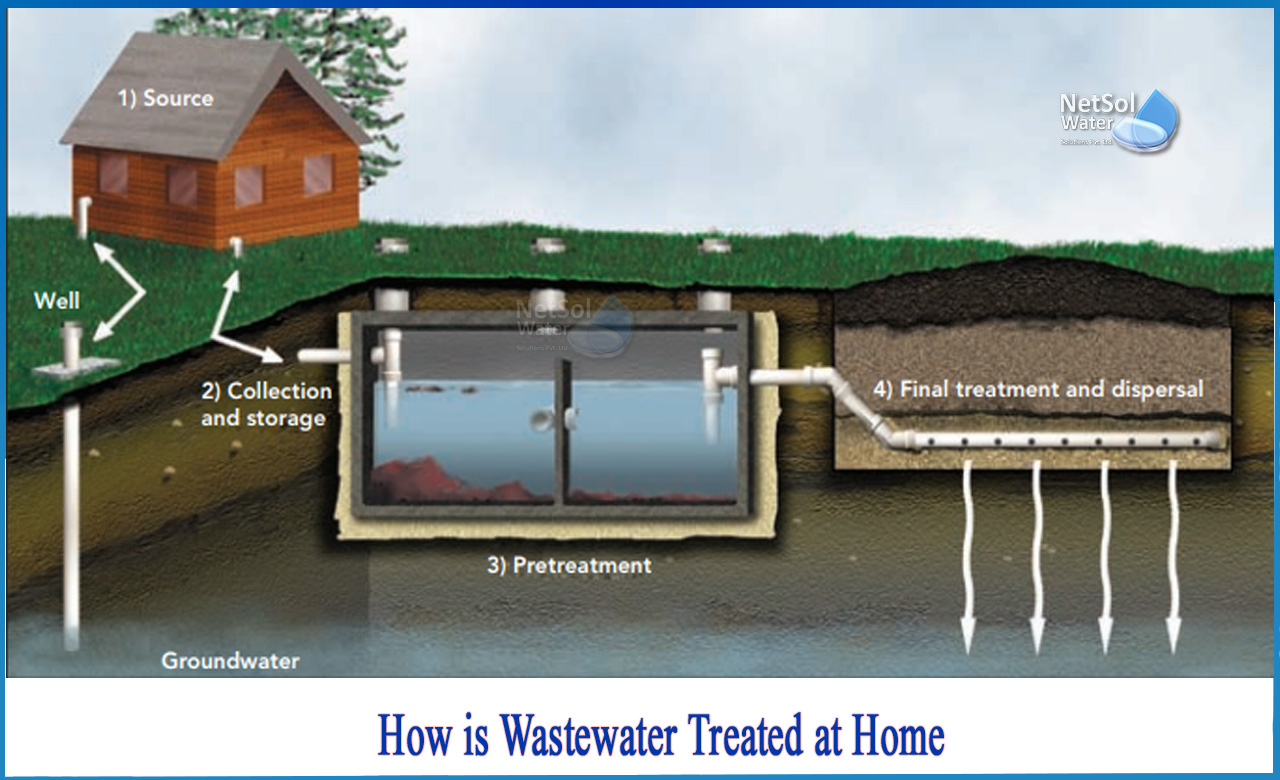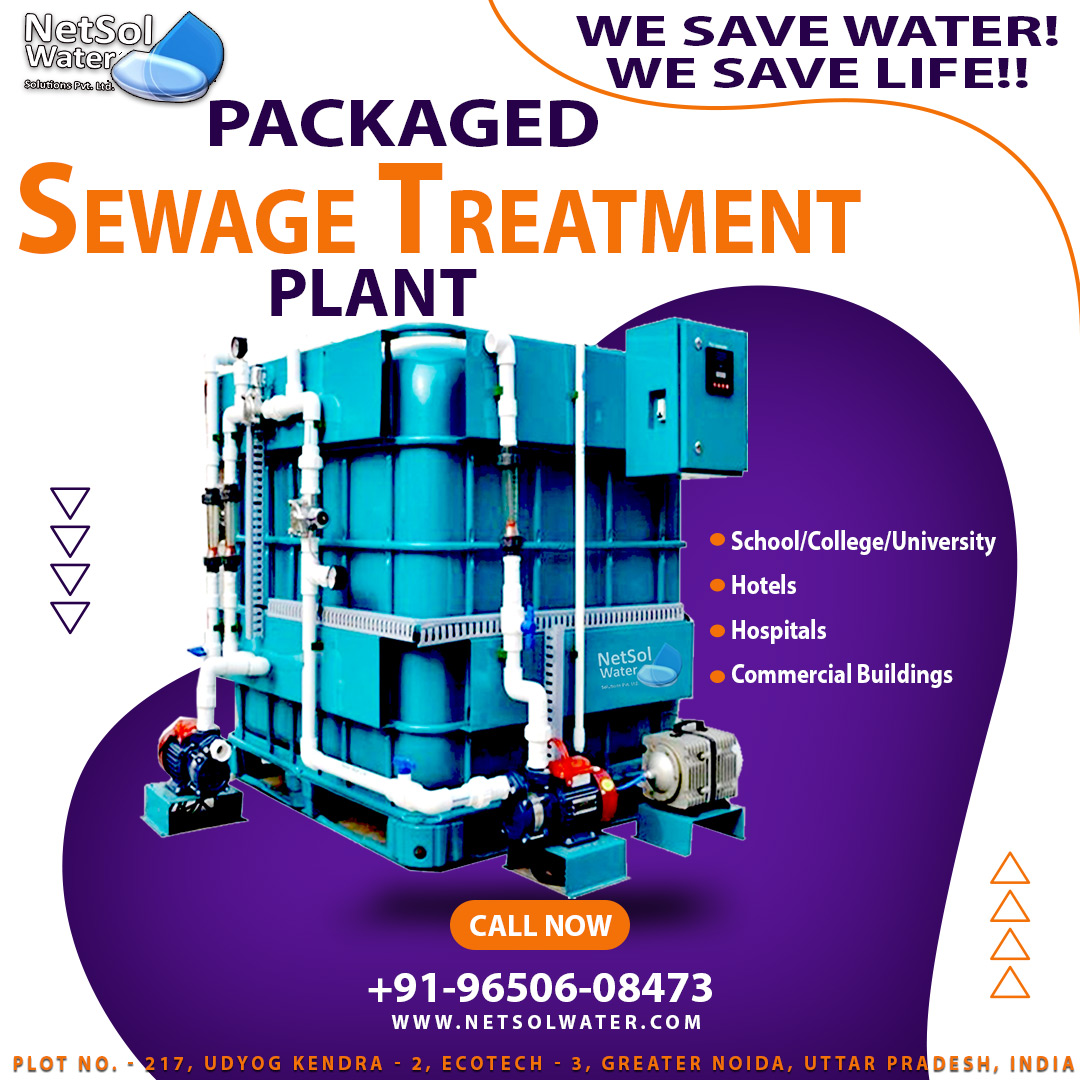How is wastewater treated at home?
If you live in an independent house, wastewater treatment and reuse can help you meet a significant portion of your water needs. In this context, wastewater only refers to greywater, i.e., water from bathroom sinks, washing machines, and so on. Greywater contains less organic matter and is far less pathogenic than blackwater – water from toilets and kitchens – making it easier to treat and reuse.
Grey-water, which contains contaminants such as soap, detergent, dead skin, hair, and oil, accounts for approximately 40% of all wastewater generated in a household. Each member of a household produces approximately 90 liters of greywater per day.

This water, once treated, can be used for gardening and toilet flushing. It can meet up to 40% of a household's water needs. It is important to note, however, that this water is not suitable for drinking; the water should be further treated, such as by ozonation, to make it potable.
Greywater treatment can be accomplished in a variety of ways. A reed bed, also known as a planted gravel filter, is used in this natural treatment system. It can be installed on your roof or in the area surrounding your home. This system saves a lot of money in the long run.
The treatment system will take up only 50-75 square feet of space in the plot. There is no need for electricity because the water flows through the system by gravity and does not need to be pumped. For 60-72 hours, water remains in the system. Based on the household's water usage and wastewater generation, the system should be designed to specifications. A professional should be consulted for this, as well as to determine the best location for installing the system.
Creating a greywater/wastewater natural treatment system:
The system's components are as follows:
· Grease trap/inspection chamber
· Filter with baffles
· Planted gravel filter/ a reed bed
· Storage tank
1. Grease trap/inspection chamber
Pipes transport greywater from various sources in the house (bathroom, washing machine, etc.) to the inspection chamber. Large solids separate in this chamber and float on the water's surface. A baffle wall keeps the floating solids at bay, and only water flows on to the next stage, the baffle filter.
2. Filter with baffles
A baffle filter is made up of a filter and several baffle chambers through which water flows. Water is treated by anaerobic decomposition as it flows through the baffle chambers, which aids in the removal of solid matter and scum.
3. Planted gravel filter/ reed bed
A reed bed is a gravel-filled tank in which wetland plants are grown. Water is purified here in the following ways:
· Plants absorb nutrients from the water, including synthetic compounds such as soap. This also helps plant growth because wetland plants grow hydroponically, which means they only use water and the nutrients in it.
· Pathogens in water are killed by natural die-off, antibiotics released by plant roots, UV exposure, sedimentation, and adhesion to the gravel bed.
· A reed bed with a bed area of 5-7 sq. m and a depth of 1-1.5 m is recommended for every 1000 liters of greywater.
4. Storage tank
The treated wastewater is pumped into a storage tank or polishing pond. At this point:
· Water's dissolved oxygen content is increased.
· The odor is reduced.
· Any pollutants that remain are oxidized.
· UV irradiation kills pathogens
This treated wastewater/greywater can be used to flush toilets, but it would necessitate the installation of a dual plumbing system to return the water to the home. If the greywater treatment system is installed on the roof, the treated water can be used for terrace gardening as well.Greywater is pumped to the terrace and filtered through a series of barrels filled with planted gravel filters.




